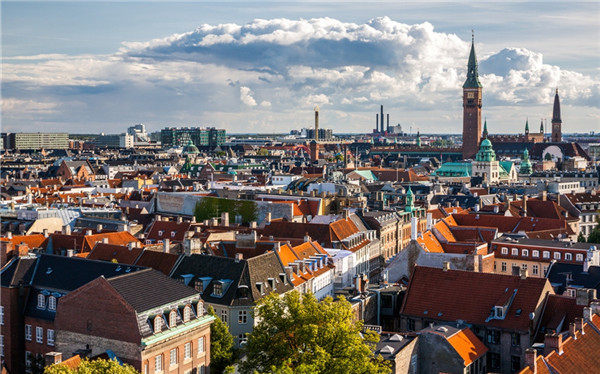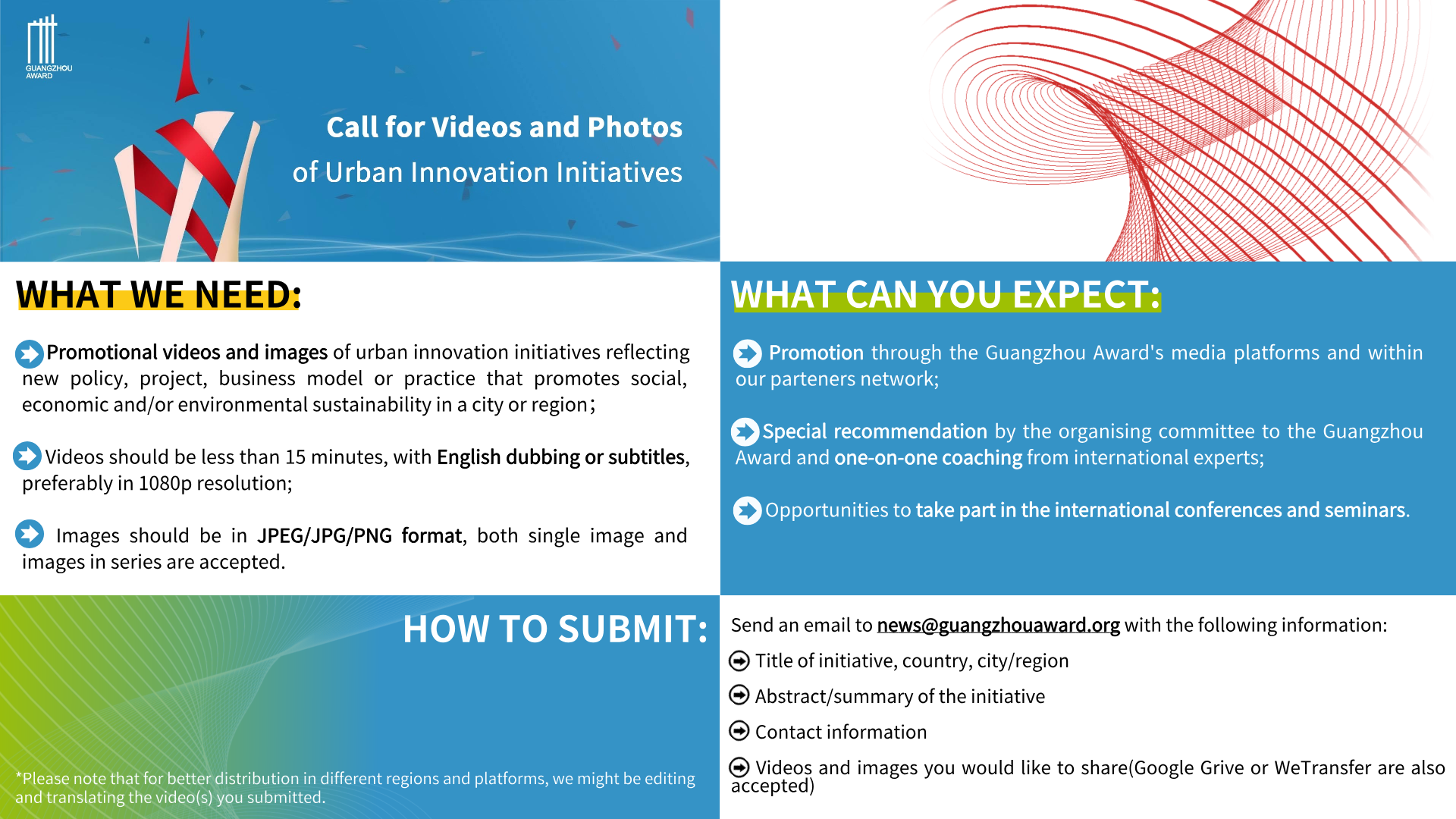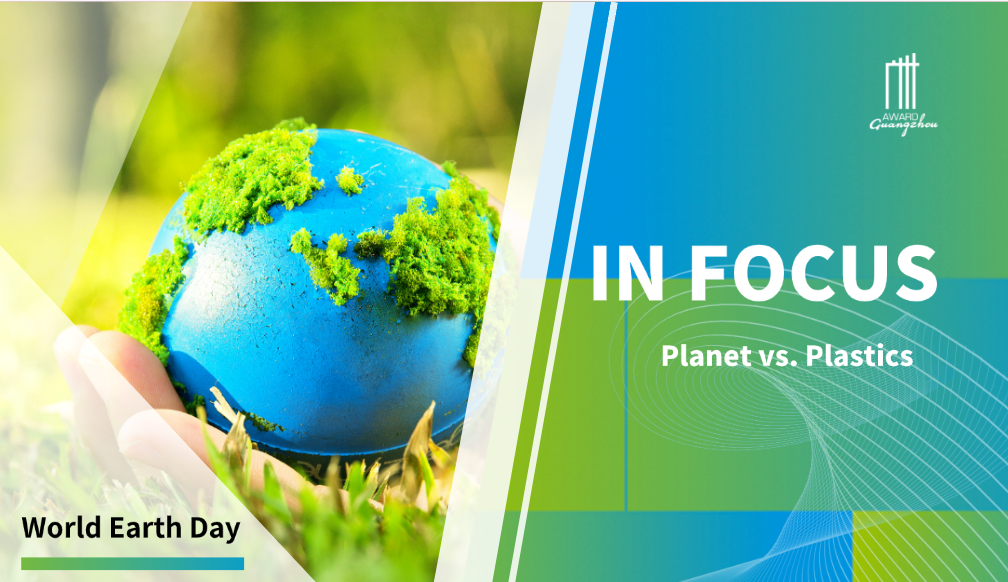Copenhagen, Denmark
Climate Resilient Neighborhood

Background Information
Background and policy framework:
•Copenhagen Climate Adaptation Plan, 2011
The plan sets the framework for the strategies that the city can choose to protect itself against climate change. Adopted by the Municipal Council on August 25, 2011
http://international.kk.dk/sites/international.kk.dk/files/uploaded-files/Copenhagen%20Climate%20Adaptation%20Plan%20-%202011.pdf
•Cloudburst Management Plan, 2012
Strategy for managing cloudbursts in Copenhagen. The plan establishes the level the city is to protect itself against and presents the first financial estimates of expenditure. Adopted by the Municipal Council on December 13, 2012
http://international.kk.dk/sites/international.kk.dk/files/uploaded-files/Cloudburst%20Management%20plan%202010.pdf
Additional frameworks:
•Climate Change Adaptation And Investment Statement part 1, 2015
http://kk.sites.itera.dk/apps/kk_pub2/pdf/1499_bUxCjgovgE.pdf
Goals of the Initiative
The goals of the initiative are to future-proof the city of Copenhagen with green climate change adaptation solutions at street level, so storm water is managed efficiently without creating damage to the city. The solutions should be tangible and useful for the citizens.
Furthermore, the goals are to present a scalable climate change strategy which can inspire other cities to do the same.
Specific goals in the neighborhood:
•To prevent flooding in the neighborhood by managing the storm water/rainwater in a sustainable matter, through green solutions on the surface.
•To create better and greener urban spaces so urban life is improved. To enhance biodiversity. In this way we create better living conditions for the citizens.
•To create an identity for the neighborhood.
Parties and Partners to the Initiative
The project involves different partnerships, both local and external.
A local partnership has been created, consisting of citizens living in the neighborhood. For example a board of the square at Tåsinge Plads has been established (the first climate adapted square in the neighborhood). The board members are residents living around the square. We have also established different partnerships (public-private) with local environmental/green NGO’s (e.g. Miljøpunkt Østerbro) and local political secretaries (Lokaludvalg) and local entrepreneurs as Østergro Rooftop farm.
The city of Copenhagen also has a partnership with Copenhagen’s Utility service HOFOR, who also finance parts of the climate adaptation projects.
Resources Used for Implementation
The initiative is a part of the integrated urban renewal project in the neighborhood of St. Kjeld.
Financing:
•The former Ministry of City, Housing and Rural Areas (now the Ministry of Immigration, Integration and Housing Affairs
•City of Copenhagen
In total 60 million DKR was given to the project.
The project has also been given additional funding through different partnerships.
Other resources:
•The local secretariat consisting of five to six people (planners, architects, communication, political scientists etc.)
•HOFOR (Copenhagen’s utility service)
•The Climate Department (city of Copenhagen)
•Different local organizations and NGO’s, boards etc.
•The local steering committee, consisting of residents and representatives from the seven different city administrations.
Innovation for the Initiative
The initiative/project is revolutionary.
It is the first time the city of Copenhagen has adapted a whole district/neighborhood to climate change. The initiative/project presents a new way to develop climate adaptation solutions in a dense city, together with the residents.
We plan and develop solutions together with the citizens. In the Climate Resilient Neighborhood we have worked closely together with local citizens. Citizens have contributed with local knowledge, ideas and resources in the different projects, including on Tåsinge Plads, Bryggervangen and Skt. Kjelds Plads. The ideas have later been incorporated into the final plans developed by external consultants and architects.
Innovations has been applied in
The innovation is being applied in the city of Copenhagen’s strategy for climate adaptation within the Technical and Environmental Administration.
•The Climate Adaptation Plan 2011
http://international.kk.dk/sites/international.kk.dk/files/uploaded-files/Copenhagen%20Climate%20Adaptation%20Plan%20-%202011.pdf
In 2015 the city of Copenhagen launched a strategy of co-creation
•Co-Create Copenhagen
http://kk.sites.itera.dk/apps/kk_pub2/pdf/1534_0TdC5G2XZr.pdf
Obstacles and Solutions for Innovation
New and combined solutions (climate adaptation) challenge the legal system, organizational structures, as well as physical, mental and economic structures on many levels and areas. By communication and interdisciplinary work, the challenges can be overcome.
Outcomes and Assessments
The Copenhagen Climate Resilient Neighborhood is one of the first bigger climate adaptation projects covering a whole district in the city. The aim is to improve the quality of urban life in the city and neighborhood, by creating solutions which adapt to climate change, create greener spaces and are environmental sustainable.
The project has a great impact on a local, regional, national and global scale.
In Copenhagen’s Climate Resilient Neighborhood, we will establish “green”(use of vegetation) and “blue” solutions both in private courtyards, on streets areas and urban spaces. The aim is to disconnect 30 percent of rainwater from the sewer using techniques linking different solutions.
The concept aims to establish green cloudburst solutions in the upper and middle part of the catchment area. The rainwater will be channeled into a cloudburst sewer in the lower part of the catchment area which will lead rainwater into the harbor. We establish greener courtyards and manage local surface water run-off in the courtyards. This is managed either by establishing green roofs on, for example, smaller backyard buildings, and by implementing water tanks and rain gardens. In terms of heavy rain we secure cellars by establishing raised stairways so excess water will run from the courtyard and into the road.
The different “green” surface solutions (also referred to as sustainable urban drainage systems (SUDS)) will provide recreational value for the city and its residents and will increase the quality of everyday life.
Methods Applied
New planning and working methods:
In the Climate-Resilient Neighborhood we have planned, developed and worked together with the local citizens. Citizens have contributed local knowledge and ideas in different projects that have been incorporated into development and strengthen the sense of community.


 test
test Urban Innovation in China | Hainan: Transforming Mangroves into “Golden Groves”
Urban Innovation in China | Hainan: Transforming Mangroves into “Golden Groves” In Focus | Empowering the “She” in the Family
In Focus | Empowering the “She” in the Family In Focus | The World Earth Day: Planet vs. Plastics
In Focus | The World Earth Day: Planet vs. Plastics




















 Tel: +86 20 3780 4434
Tel: +86 20 3780 4434 Email: info@guangzhouaward.org
Email: info@guangzhouaward.org Address: Rm 1609, FuLiXinTianDi, No.307 Guangzhou Dadao Zhong, Yuexiu District, Guangzhou, Guangdong, 501600, PRC
Address: Rm 1609, FuLiXinTianDi, No.307 Guangzhou Dadao Zhong, Yuexiu District, Guangzhou, Guangdong, 501600, PRC




